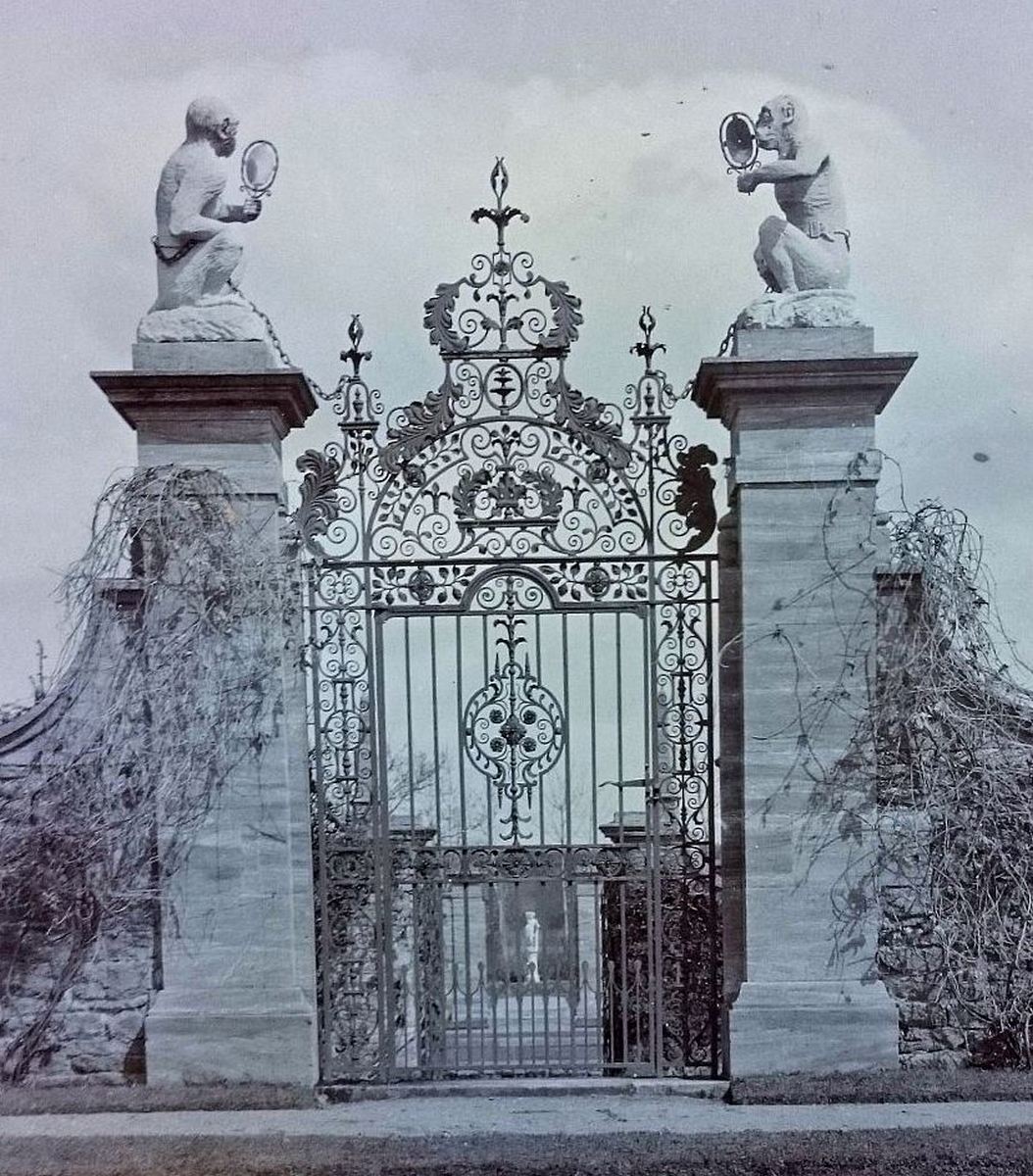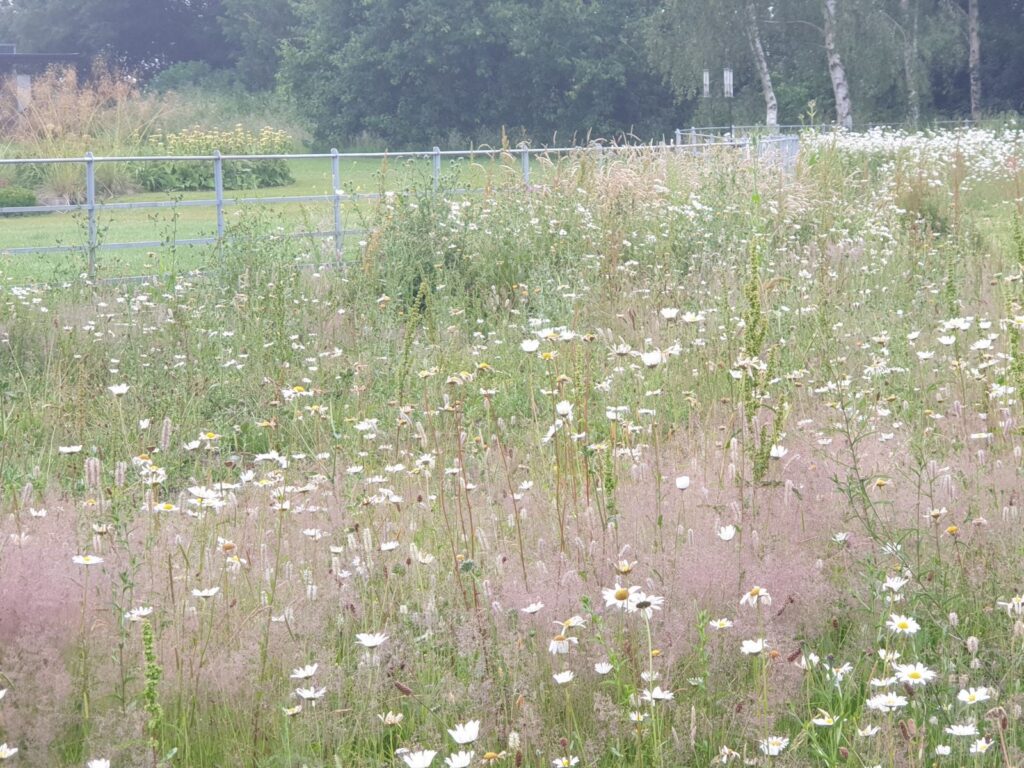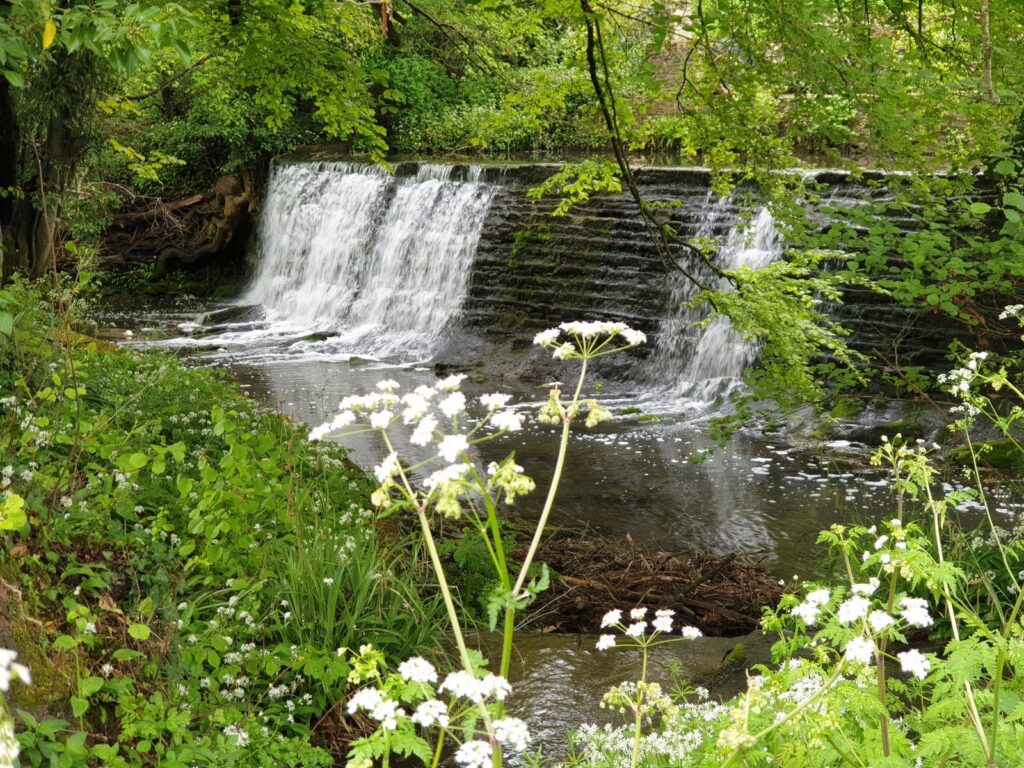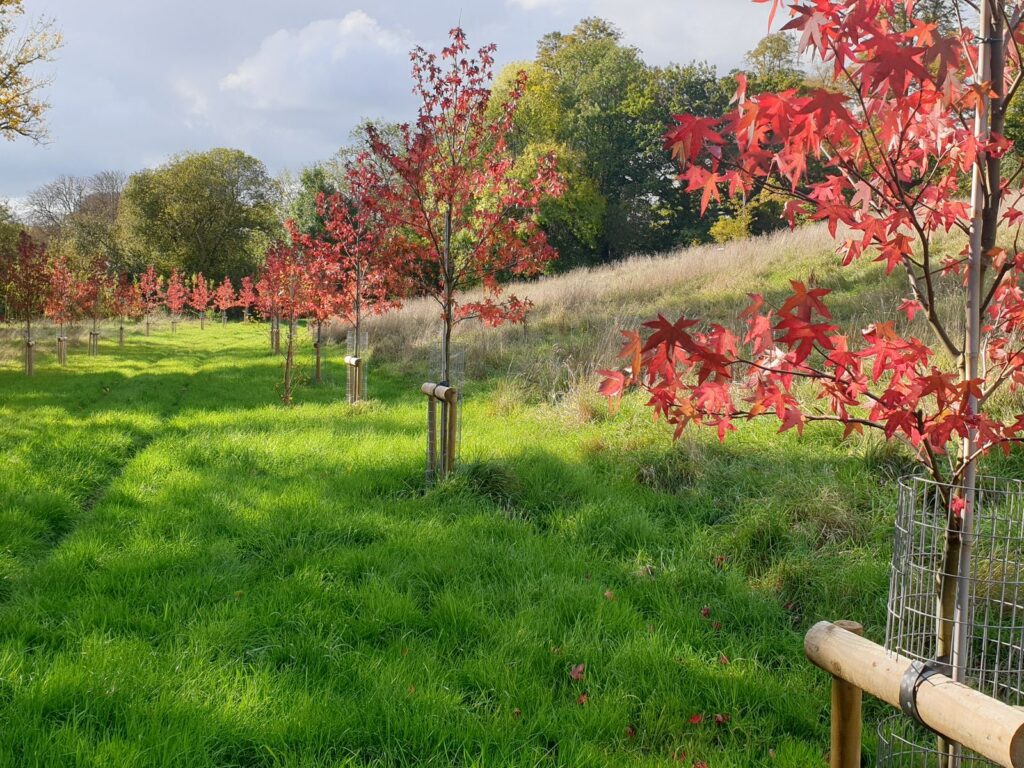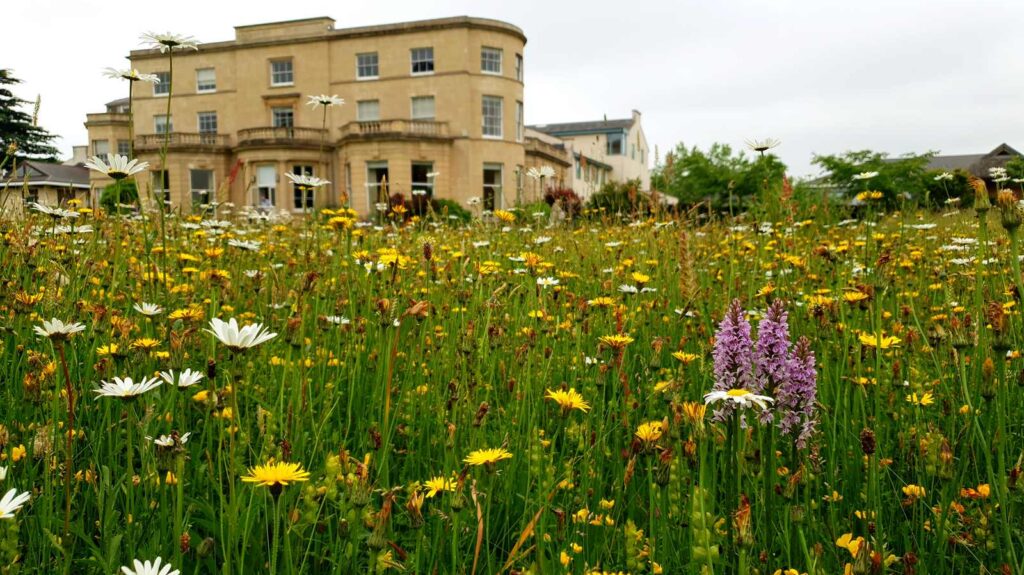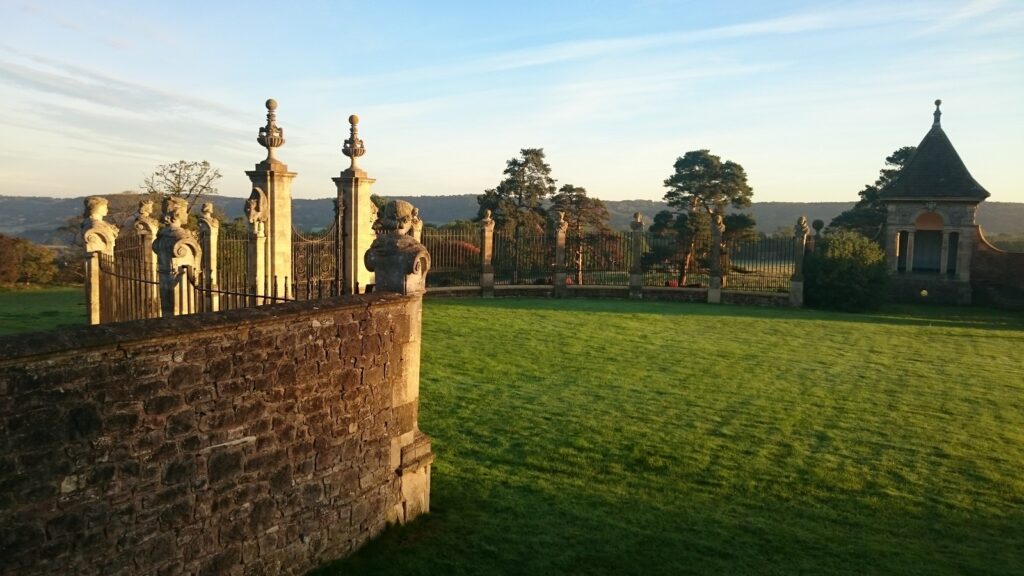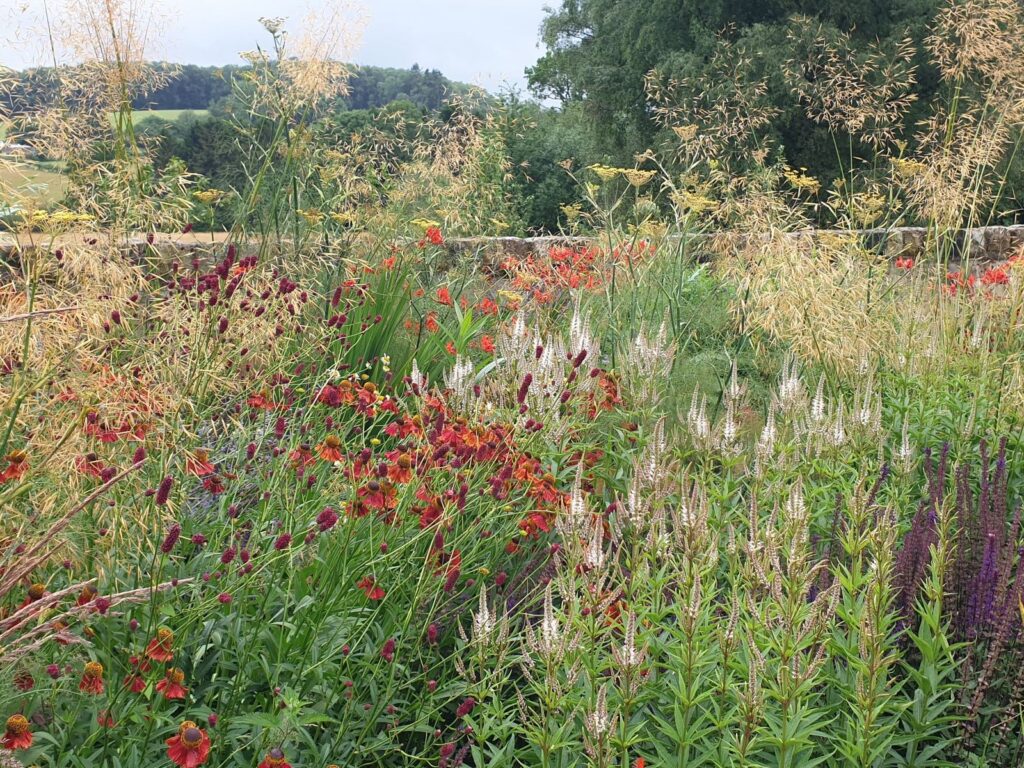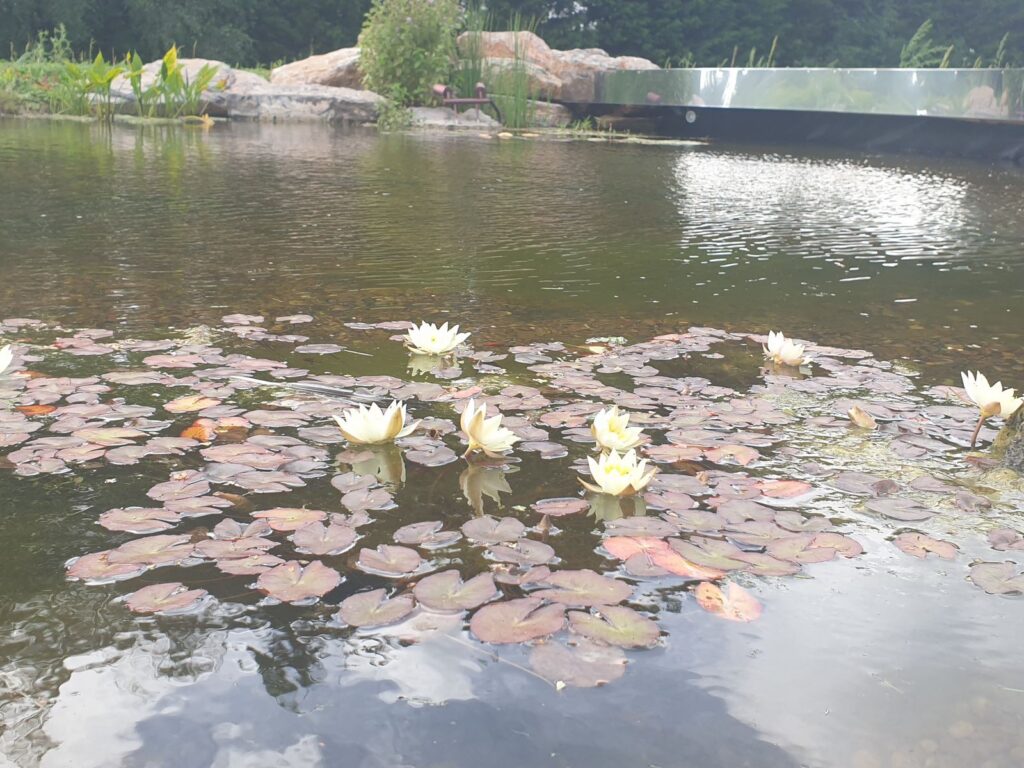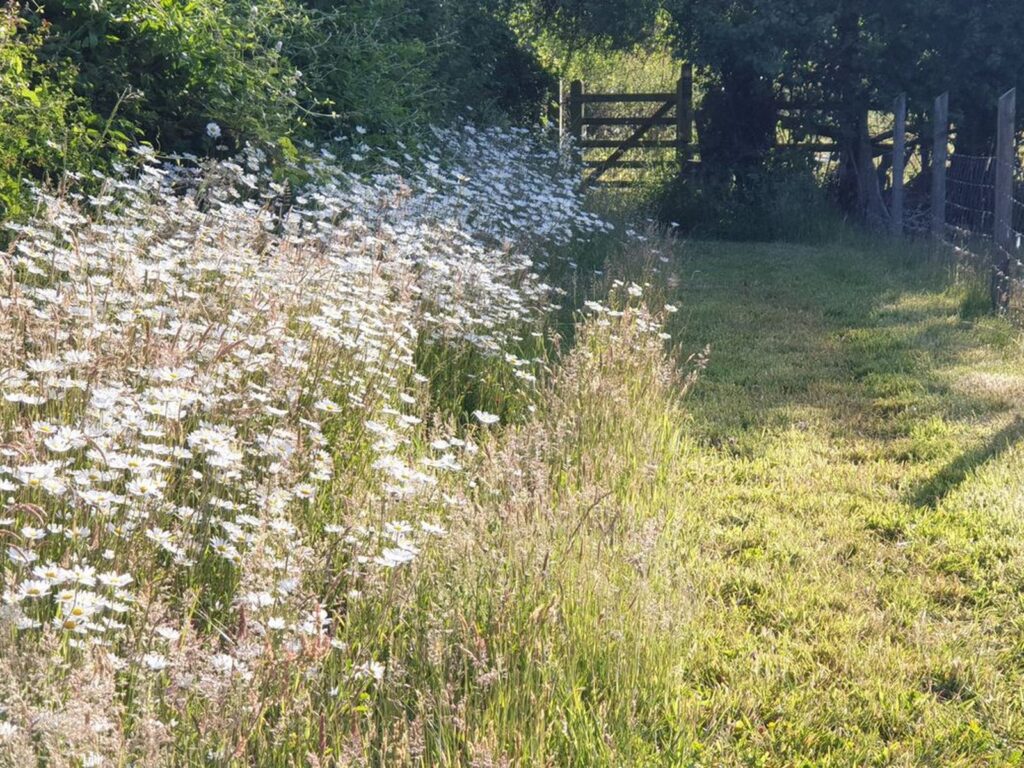Naturalistic Garden Design
I recently received an enquiry asking if I would like to quote for a garden design project. The brief was for a natural, wildlife focused garden, with native planting, shrubs, trees and a large pond. The clients weren’t gardeners so easy maintenance was an essential feature of the design. This brief continues to be one of my more frequent requests for new garden design. I should say from the outset, I don’t have a problem with this, far from it. Considering my (distant) background working across the British Isles as a field botanist, recording its incredibly diverse landscapes and habitats, these broad concepts of naturalistic gardening are fundamental to my designs and my planting schemes; always inspired by meadow, woodlands and wild landscapes, I am guided by habitat and how these spaces are connected.
Design enquires that are so focused on nature do however always make me think about where the garden proper would be, and what the garden proper is and importantly how it relates to the house. Nature reserve or garden?
Francis Inigo Thomas (1866-1950)
One of my inspirations as a garden designer is the enigmatic Francis Inigo Thomas (1866-1950). Architect, artist, government official and author, Thomas’s garden masterpieces, some of ‘the most exquisite English gardens of their time’ include a number of the best regarded formal, or architectural, gardens of the historical revival genre at the end of the Victorian era. Thomas was a garden architect active from the last decade of the nineteenth century to the outbreak of war in 1914. Schooled in the Gothic Revival, Thomas trained alongside an emerging group of artists and architects who were to become influential figures in the developing Arts & Crafts movement. Co-author alongside Reginald Blomfield, Thomas provided the field work and illustrations for the influential 1892 The Formal Garden in England. Thomas championed a revival of the Elizabethan garden as a high point of English garden history. The garden being part of the architectural concept of the house to which it belonged, the Renaissance principles of geometry, symmetry and proportion determining the arrangement of the various enclosures. Athelhampton, Barrow Court and Chantmarle are three of Thomas’s major commissions and demonstrate the principle of the ‘garden in relation to the house’.
On the 14th June 1926, in his 60th year, Thomas presented a paper at the Royal Institute of British Architects (RIBA) on the subject of ‘Gardens’. His introductory remarks began with a protest that the title of his talk, ‘Gardens’ implied a distinction from ‘architecture’ per se; “I cannot picture to myself a garden, in its true sense, divorced from the buildings to which it belongs”. Garden design can be thought of to be fundamentally about boundaries, where evident design meets the agricultural landscape (sorry, nature). It is the ebb and flow of this boundary that charts the course of the history of garden design. Whether uninterrupted views of cattle grazing to the hidden ditch or monumental gate piers and classical boundary statues with architectural promenades levelling their way, unswerving through the landscape.
Garden Design or Nature Reserve?
After a century of Georgians making hay with landscape design, the Victorians slowly restored the formal terrace and ornate flower beds as proper settings to their grand houses. The picturesque, elaborate parterres, arboretums and orchids, evident artistry competed with the science of horticulture and a reverence for naturalism throughout the 19th century.
Amongst others, I look after the gardens at Barrow Court on the outskirts of Bristol. A Grade II Registered Park & Garden, designed by Inigo Thomas, where this contested ground of wild nature against evident artistry showcased the emerging Arts & Crafts philosophy; a reaction against mass production, commercialism and loss of identity. Informal against formal, gardener against architect, a contest traditionally considered unresolved until the artistic collaboration of the horticulturist Gertrude Jekyll and the architect Edwin Lutyens in the early years of the twentieth century. Inigo Thomas’s work at Athelhampton features a gateway once adorned with monstrous apes, contemplating their reflections in handheld mirrors and chained to the elaborate artifice of the wrought iron gate. I would love an art historian to talk me through the layers of meaning in this picture. Ars simia naturae? Evident artistry having the upper hand over nature?
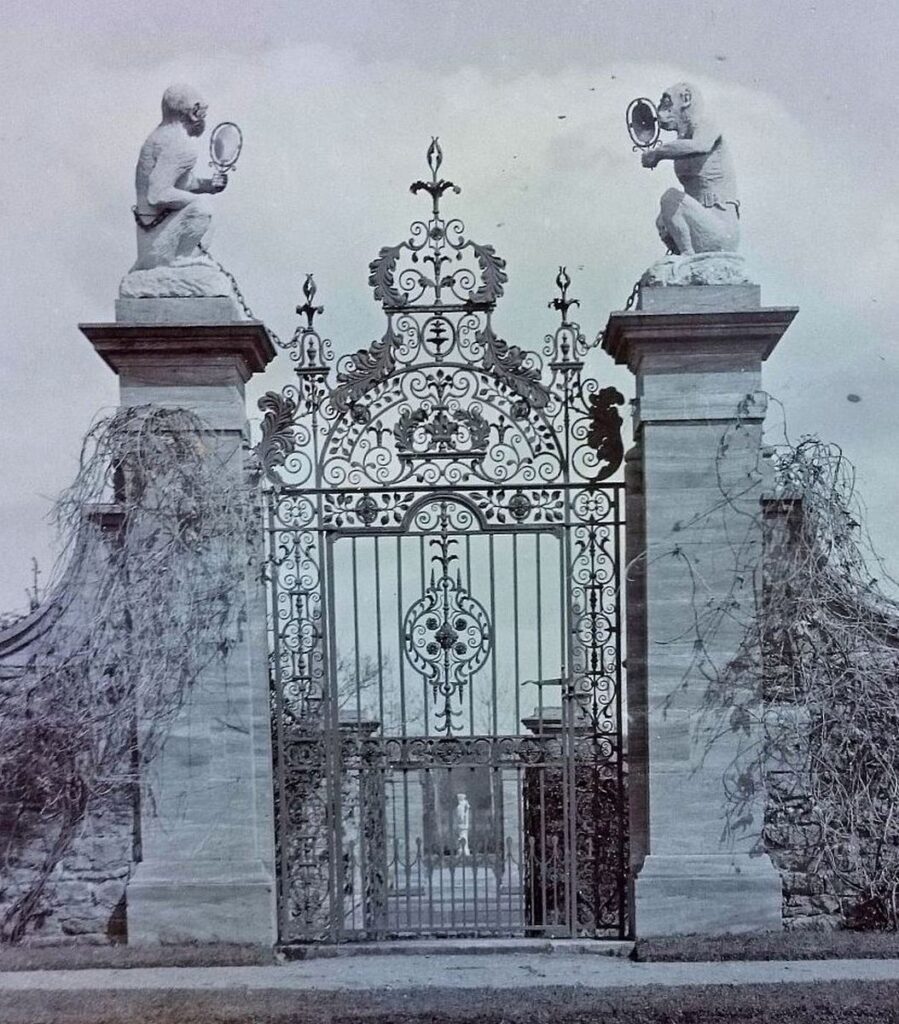
There’s a quote that is said to encapsulate a period of garden design where “maximum formality of design with maximum informality of planting” was the defining ideology. Strong architecture bursting to the seams with exuberant planting schemes. Thomas’s monstrous apes, monumental gatepiers and highly ornate wrought iron gate are all draped with unruly and wild climbing Honeysuckle.
Whats my point? I’m a gardener and a designer so my work is about painting a picture, manipulating nature, creating a designed space, planting exotics and controlling what I do and don’t want in the garden. But I am also an ecologist and find natural landscapes beautiful and inspiring. A recent State of Nature 2023 report puts the case forward that the British Isles is one of the most nature depleted landscapes on the planet. That’s quite a shocking state of affairs. As a gardener, a designer and an ecologist, taking this into account is part of my design ethic. The first gardens were refuges against the terrors of the untamed wilderness beyond the gates. Now our natural history seems to have a better chance of survival within the garden boundaries, away from the intensively farmed wider landscape. The garden is more than a nature reserve though and getting that balance right is the challenge.

